 Besides shells, another feature of turtles and tortoises is that they have no teeth. Instead, they have hard, flat surfaces on their jaws that allow them to grip and tear off bits of plants or animals for feeding. They are cold-blooded creatures.
Besides shells, another feature of turtles and tortoises is that they have no teeth. Instead, they have hard, flat surfaces on their jaws that allow them to grip and tear off bits of plants or animals for feeding. They are cold-blooded creatures.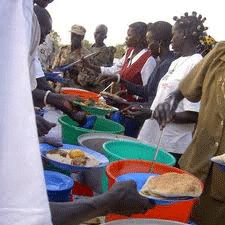
Turtles reside almost exclusively in water, while tortoises spend most of their life on land. Turtles and tortoises come in all shapes and sizes. The largest living species is the leatherback sea turtle, which can weigh up to 1,191 pounds (540 kilogrammes), or more than half a ton. The upper shell can become 8 feet (2.4 metres) long. Some of the smallest are the speckled cape tortoise, flattened musk turtle, and bog turtle. The carapace on each of these three animals barely reaches 4.7 inches (12 centimetres) long.
Most land-based tortoises are herbivores while sea turtles are omnivores. Turtles live and mate at sea, but during reproduction season the females
 return to the beach. Breeding occurs in cycles that vary from 1-5 years. The female usually lays several batches of eggs at 2-3 weeks intervals. A hole is dug with the hind flippers and about 50-150 eggs are deposited. The turtle immediately covers them with a layer of sand. The heat of the sun incubates the eggs. Incubation time is about 2 months. The sex of the turtles depends on the temperature; if temperatures rise above 29.9°C the embryos become female, while lower temperatures result in male hatchlings. Eggs hatch usually at night. After emerging from the nest the young turtles have to run back to the water as fast as possible since they are in danger of being attacked by predators such as birds, sharks and other large fish.
return to the beach. Breeding occurs in cycles that vary from 1-5 years. The female usually lays several batches of eggs at 2-3 weeks intervals. A hole is dug with the hind flippers and about 50-150 eggs are deposited. The turtle immediately covers them with a layer of sand. The heat of the sun incubates the eggs. Incubation time is about 2 months. The sex of the turtles depends on the temperature; if temperatures rise above 29.9°C the embryos become female, while lower temperatures result in male hatchlings. Eggs hatch usually at night. After emerging from the nest the young turtles have to run back to the water as fast as possible since they are in danger of being attacked by predators such as birds, sharks and other large fish.
Turtles in Guyana
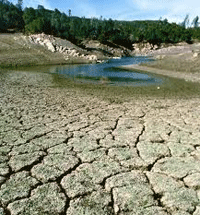
Guyana’s coast is an important nesting site for four species of endangered sea turtles: Hawksbill, Green, Leatherback and Olive Ridley Turtles. Other species of turtles found in Guyana include the South American Turtle and the Yellow-spotted River Turtle.
Threats
A major threat to turtles in Guyana, many of which are endangered, is hunting. Turtles are also threatened by pollution and fishing nets which can accidently capture them.
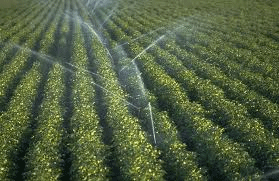 Play your part in conserving turtles!
Play your part in conserving turtles!• Do not purchase sea turtle products including their meat, eggs, or items made from their shells or leather.
• Do not disturb nests, or collect eggs or hatchlings.
• Check fishing nets every 3-4 hours to ensure that turtles are not accidentally caught and drowned.
• Sea turtles must surface to breathe so watch for them as they can be struck and killed by the engines of boats.
• Do not dump plastics and garbage into the Oceans or on beaches. Leatherbacks can mistake plastic items for jellyfish, a favourite food. The plastics can block air passages and lead to death.
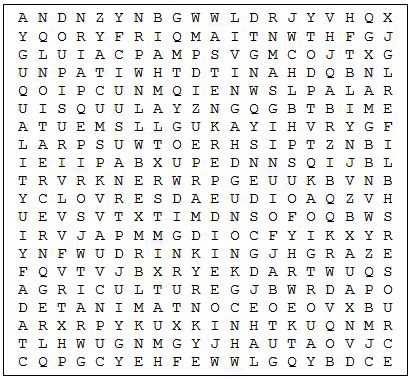
• Support the ‘No Netting Zones’ at Shell Beach, which are areas along the beach where peak nesting of sea turtles occur. In these zones, fishermen are asked not to use their long seines, which sometimes extend to 2-3 miles, as turtles can become entangled and thus drown in them.
• Support your local sea turtle conservation programme e.g. volunteering for projects, monetary support, etc.
Turtle Facts
• World Turtle Day is celebrated each year on May 23. This Day was initiated in 2000 by the American Tortoise Rescue, a turtle and tortoise rescue organisation founded in 1990 in Malibu, California. The group brings attention to turtle conservation issues and highlights ways each of us can help protect these gentle, jeopardised animals.
• A group of turtles is called a bale.
• Historically, turtles have been the symbols of patience and wisdom.
• Turtles have been on the earth for more than 200 million years! They evolved before mammals, birds, snakes, and lizards. One reason that they have outlived many other types of species is because of their unique shells. The shell of a turtle is made up of 60 different bones all connected together.
Connect the dots and then place the words below under the correct heading to learn about the characteristics of turtles.
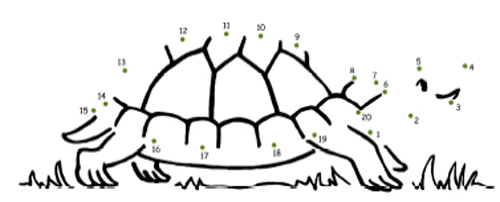
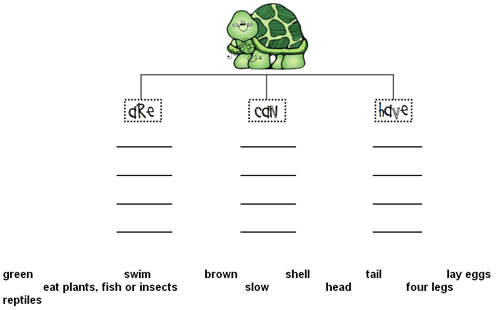
You can share your ideas and questions by sending letters to: “Our Earth, Our Environment”, C/O EIT Division, Environmental Protection Agency, Ganges Street, Sophia, GEORGETOWN or email us at eit.epaguyana@gmail.com



.jpg)








